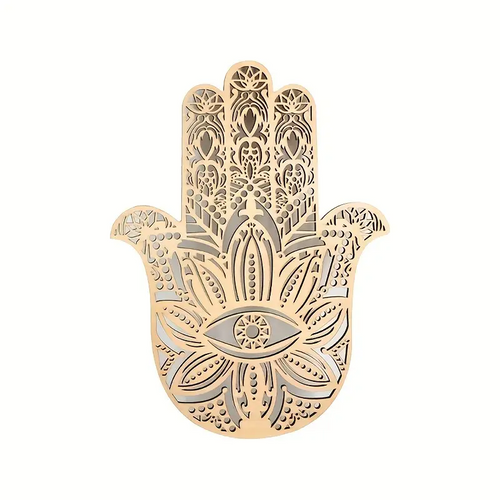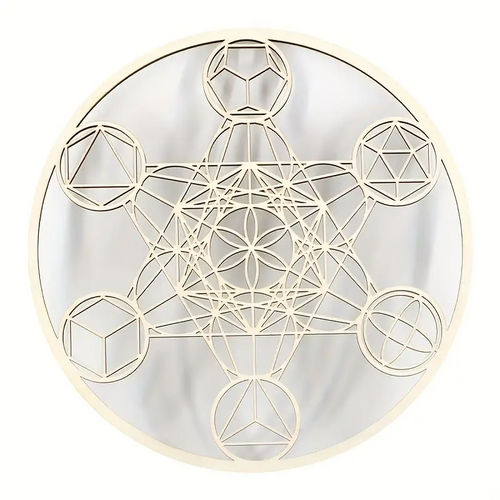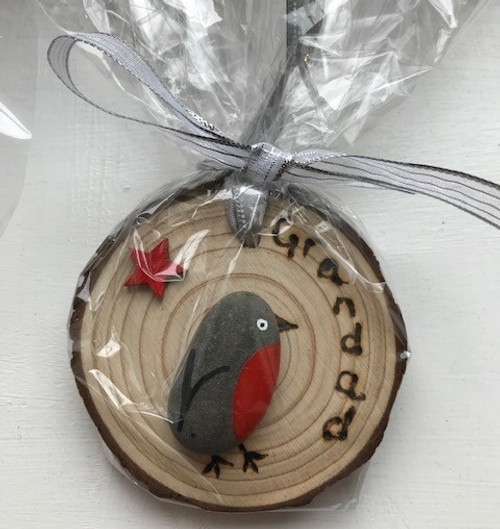The Hasma symbol is made of wood and is approximatley 6 inches in length.
The Hamsa symbol, also known as the Hand of Fatima, is a hand with an eye in the center of the palm. The word Hamsa comes from the Hebrew word Hamesh, which translates to the number five, that is the symbol of a hand with five fingers.
According to Symbol Sage the symbol is known by many names, including:
- Hamsa – a transliteration of the Arabic “Jamsa” or “Khamsah” meaning five
- Hand of God – A general name
- Hand of Fatima – After Fatima, the daughter of the Islamic prophet
- Hand of Miriam – After Miriam, the sister of Aaron and Moses of Jewish faith
- Hand of Mother Mary – After Mary, the mother of Jesus in Christian beliefs
- Hamesh – Meaning 5 in Hebrew
- It’s also known by the variations Humes Hand, Khamesh and Khamsa
The Hamsa symbol is often depicted as a symmetrical hand, with fingers pressed close together, either facing upwards or downwards. Sometimes, it features an eye at the center of the palm, which is the nazar boncugu, believed to repel the evil eye.
Two main cultural influences are said to have been the oldest origins of the Hamsa hand. The first originates in the Islamic religion, whose foundation is built on five beliefs. These five beliefs are faith, prayer, Alms, Fasting, and Pilgrimage.
In Judaism, the Hamsa hand represents the five books of the Torah: Genesis, Exodus, Leviticus, Numbers, and Deuteronomy.
Throughout Hinduism and Buddhism, the Hamsa is said to represent the five chakras of the body.
- Pinkie – Sacral Chakra
- Ring Finger – Root Chakra
- Middle Finger – Throat Chakra
- Forefinger – Heart Chakra
- Thumb – Solar Plexus
In numerology, the number 5 corresponds to the need for change, bringing in new energy waves. Five is also about letting go and moving away from what no longer serves you.









